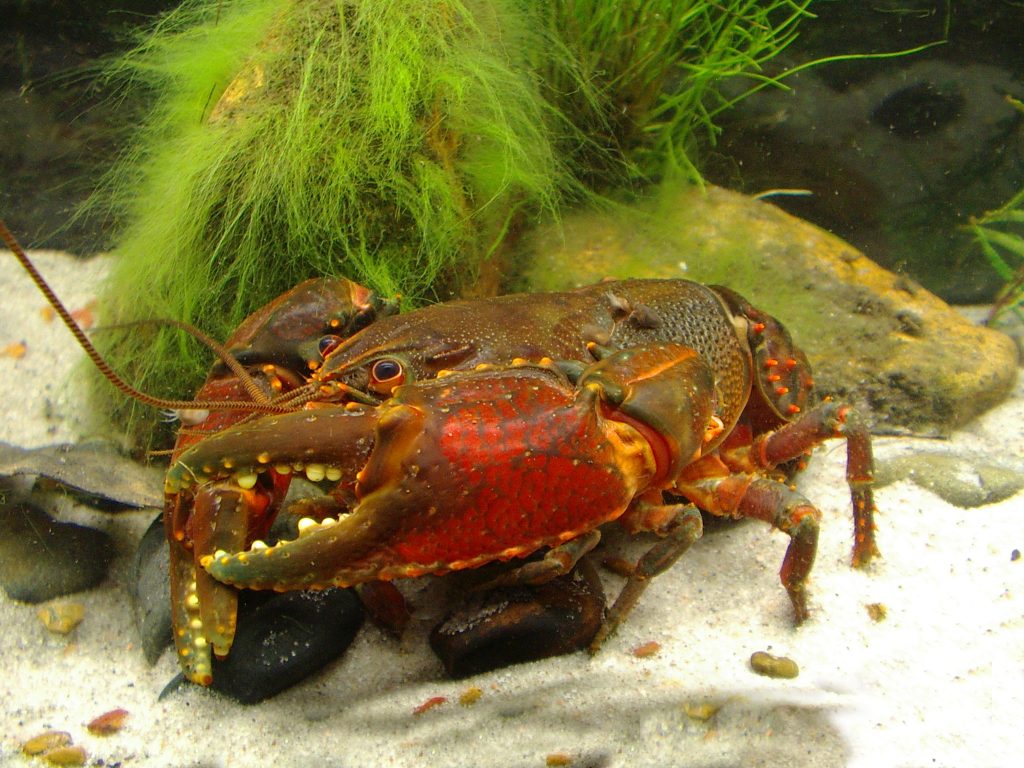Ground-breaking study dramatically increases our understanding of Spiny Crayfish in Australia
What’s better than there being 53 described species of spiny crayfish from the Euastacus genus? A bunch of new species being discovered!
A new molecular taxonomy study, led by world-leading molecular geneticist Professor Chris Austin and Aquasave-NGT’s Nick Whiterod, has revealed as many as 26 new species of Euastacus, which represents an approximate 50% increase in the number of species known within the genus. Utilising a dataset of more than 500 (new and existing) samples, the study accounted for all known species of Euastacus and used cutting-edge genetic techniques. Overall, the analyses provided support for the distinctiveness of all described species of Euastacus (with a few exceptions) but the high levels of cryptic diversity uncovered was unexpected.

Spiny crayfish occur in a variety of habitats across eastern Australia (Qld, NSW, Vic, and SA). Many species are very rare with restricted distributions and are known from just a handful of sites. Euastacus are facing a number of threats including climate change and habitat clearance/disturbance.
The study, which is the most comprehensive genetic study of any genus of freshwater crayfish worldwide, greatly improves understanding of the species-level diversity within Euastacus. Nevertheless, some uncertainty remains, so ongoing research on the taxonomic and genetic variation within the genus is required, in addition to assessing additional lines of evidence (e.g., morphology, geography and ecology), to fully evaluate the formal description of new species. The findings are being directly incorporated into other components of the multi-faceted project that was initiated in response to the 2019-20 bushfires.
More information on this study funded by the Australian Government Department of Agricultural, Water and the Environment (DAWE) Bushfire Wildlife and Habitat Recovery Program can be found in this publication:
Austin, C., Whiterod, N. S., McCormack, R., Raadik, T. A., Ahyong, S. T., Lintermans, M., Furse, J.M., and Grandjean, F. (2021). Molecular taxonomy of Australia’s endemic freshwater crayfish genus Euastacus (Parastacidae), with reference to priority 2019–20 bushfire-impacted species. A report funded by Australian Government Department of Agricultural, Water and the Environment (DAWE) Bushfire Wildlife and Habitat Recovery Program. Deakin University and Aquasave–Nature Glenelg Trust, Victor Harbor.
